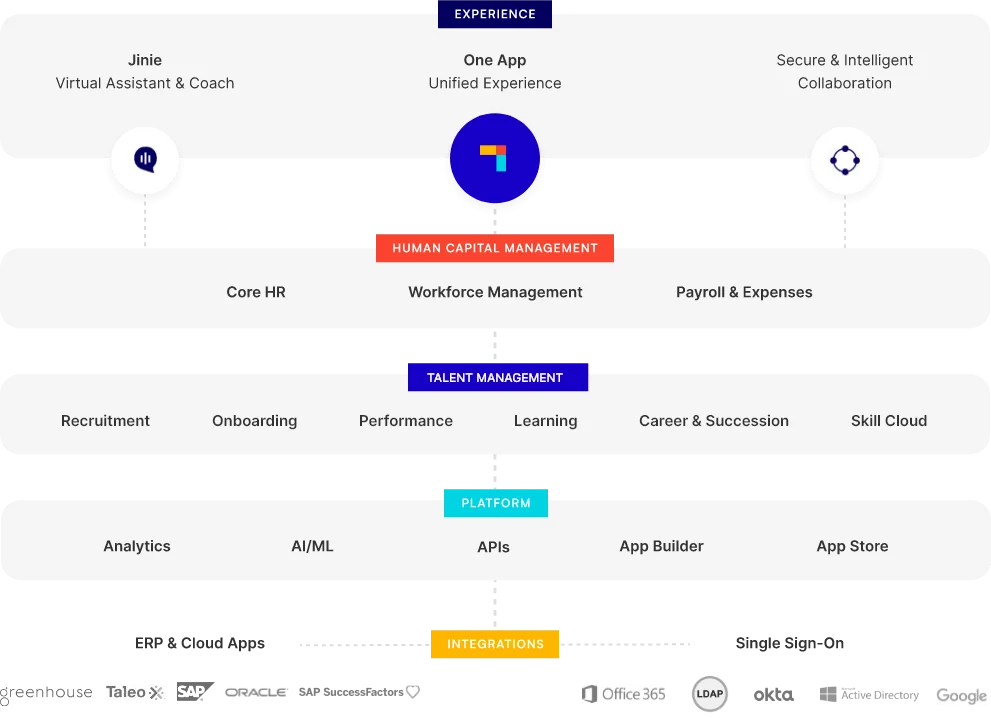The COVID-19 crisis has shown how performance and productivity are driven by purpose, strengthened by regular communication, and at their peak in a flexible organizational culture.
Over many years, performance management systems have been a key topic of discussion. Bell curve or not, annual performance review vs ongoing performance discussions, have been discussed at various levels. But then, came the year 2020 and with it, the pandemic, productivity and performance took a backseat and employers became more concerned about employees’ safety and the business continuity. But now as slowly most countries relax the lockdown, the business and HR leaders are looking to reset workplace and people policies in the new reality of work.
Amongst the many questions which this phase is putting into our minds, people’s performance is a prominent one. Recently, to discuss how companies can measure productivity and performance, in current times without any baseline, leaders like Leena Sahijwani, Group Vice President, Human Resources, Tata Sons Limited and Gaurav Agarwal, Co-founder & CTO, 1mg came together in a webcast hosted by People Matters and PeopleStrong. The discussion moderated by Mrigank Tripathi, VP, PeopleStrong highlighted how the pandemic has inspired business and HR leaders to look at productivity and performance differently.
Here are some insights from the virtual session:
Performance driven by purpose
Sahijwani shared how this lockdown phase has shown that people can work together, collaborate better, and be more productive, if they have a common purpose. Another approach to look at it can be, as Tripathi said, “People perform better when they have a common enemy to fight with.” In today’s context, it is the COVID-19 crisis.
“The pandemic has shown that when you have a very binding purpose with you, no one asks or questions, they just make it happen. Though it is not a surprise, it has been an eye opener,” said Sahijwani.
Purpose is a cornerstone of performance. With a clear goal in mind, people have a better sense of the direction they must take. However, often in a large organization what happens is that the purpose gets ambiguous and cumbersome until it reaches the bottom level. The goals seem more transactional. But to ensure that everyone across levels in the organization is aligned to the same purpose, the goals for each person must be made with extreme precision. They should be clear and achievable.
Also, as the crisis has taught us the goals can’t be rigid and necessarily time bound. For more effectiveness, the goal setting has to be ongoing and in the flow of work.
For 1mg, a fast-growing start-up, the performance management system has already been quite agile even before the pandemic. As Agarwal puts it, they are very nimble and agile, when it comes to goal-setting and measuring performance.
Regular & consistent communication to drive more productivity
Before COVID, as people were mostly working together in a physical workspace, the frequency of check ins was fairly less. However, now as most of the workforce operates remotely, they have daily and weekly virtual meetups and standups. In a way, the pandemic has brought people closer as they communicate more often than they did before. And both 1mg and Tata Group have seen regular and consistent communication impacting their employees productivity positively.
“Daily cadence brought focus on short & long term goals,” said Sahijwani.
They realized that with regular check ins they were able to pivot, remove obstacles, and help everyone work efficiently. For Sahijwani she realized it worked for her team, so it could work for the larger organization as well. For Agarwal, this setup had been beneficial for the tech teams for a long time now, so the same structure to work and communicate was translated and implemented for the entire organization.
Create a culture of ownership
The pandemic has shown that no processes and no policies are enough to drive performance, productivity and engagement. At the end of the day, the employees themselves have to take the ownership of their own work. In a crisis situation, with so much going on, if each individual is able to drive himself/herself, businesses are able to function more efficiently. Also, the individual’s growth is positively affected.
Gone are the days when a sales leader had to continuously follow up with the frontline workers to check on them and ensure they are working properly or not. Now the frontline employees lead the conversation and engage with the leaders. The role that leaders play now is more that of an enabler. They have to empower the people with more clarity of goals, relevant resources, and be there to help them if they need any support or guidance. But the productivity and performance is ultimately owned by people themselves.
What organizations have to do is create a culture of ownership where employees have all the resources and flexibility to work on their deliverables effectively.
This article was published on PeopleMatters










